The Wyman 12 is about as basic a boat as there is. It is simple to build, easy to row, stable, and can carry a load. Its flatiron-skiff design has been, and is still, the pickup truck of workboats along our Maine waterfront for many years. Ben Fuller, a preeminent small-boat guru, believes that the original flatiron skiffs, which had cross-planked bottoms caulked with oakum, originated in the United States around 1880, likely in the Long Island Sound oyster industry.Soon after my wife Susan and I relocated to Blue Hill, Maine, I realized that we would need a boat to get to the sailboat that we’d moored in Blue Hill Bay in front of our house. Shortly after moving in, I attended the annual meeting of the Downeast Chapter of the Traditional Small Craft Association. There was so much boat knowledge and experience in this group that finding advice about a skiff, or just about anything concerning boats, was an easy task. The ’midship frame has a slight curve from side to side and the lower planks, when angled and bent from stem to transom, create a fore-and-aft rocker for the bottom. The resulting compound curve stiffens the 3⁄8″ plywood bottom. Note that the jog in the sides of the transom allows the simple overlap of the planks to run all the way aft.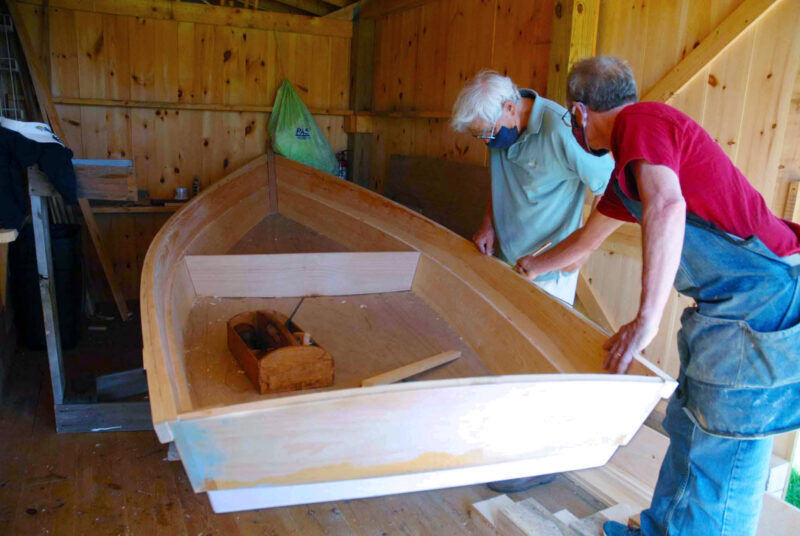 Haley Blake, Wilson Museum Manager of Community Engagement and Museum Experience
Haley Blake, Wilson Museum Manager of Community Engagement and Museum Experience
Join The Conversation
We welcome your comments about this article. If you’d like to include a photo or a video with your comment, please email the file or link.

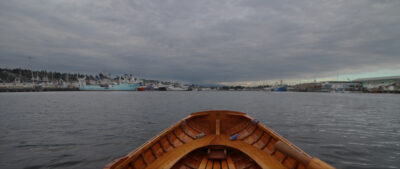

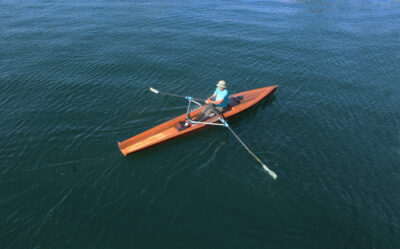
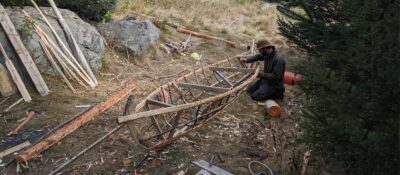
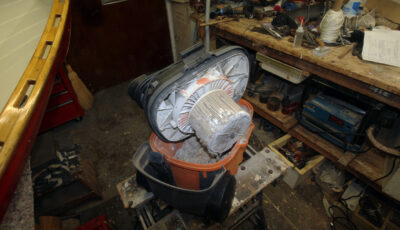
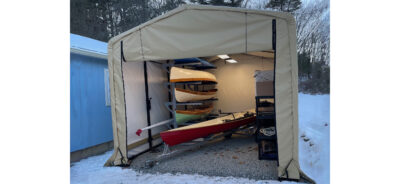
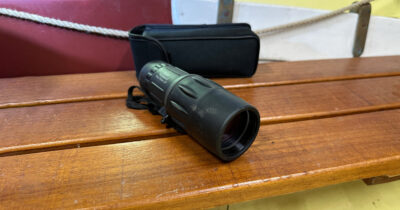
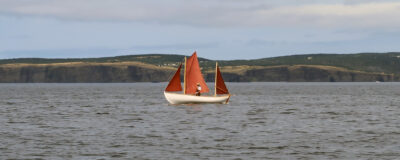
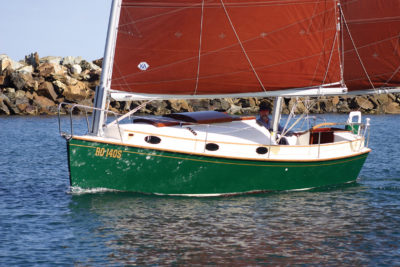
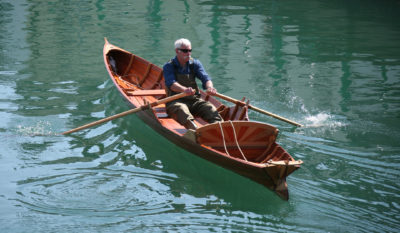
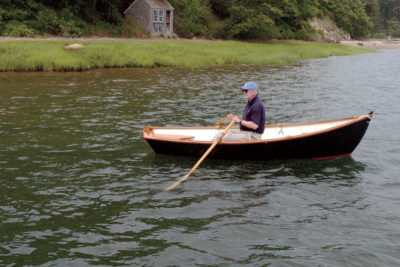
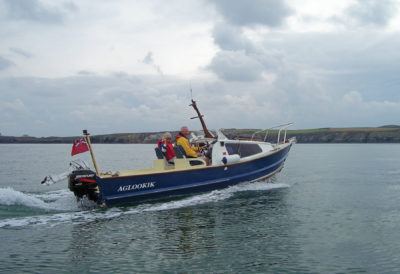
Thanks for a great story and skiff. I hope we both win the lottery and can see each other in May. Socks are still on my trip list.
I have been slowly making parts for the skiff over the summer. I’m interested in your rabbeted stem. Did you use the plan stem dimensions or something larger before cutting the rabbet?